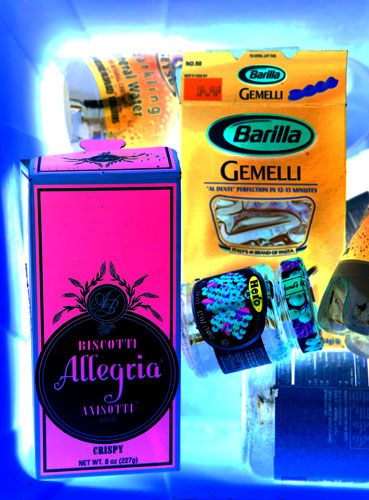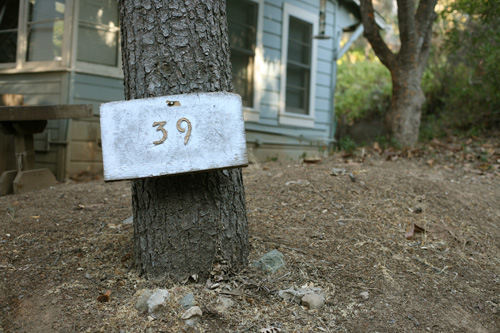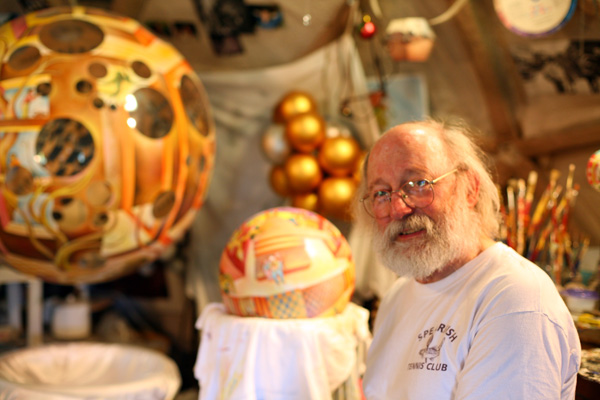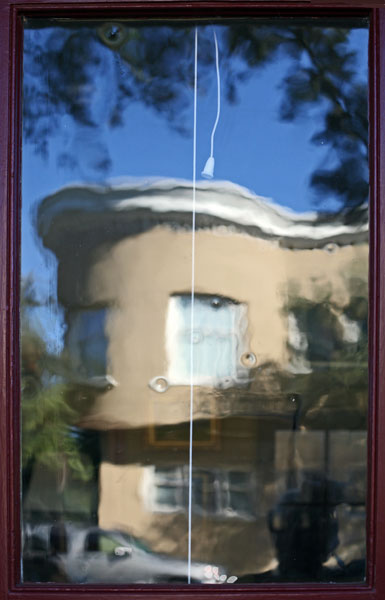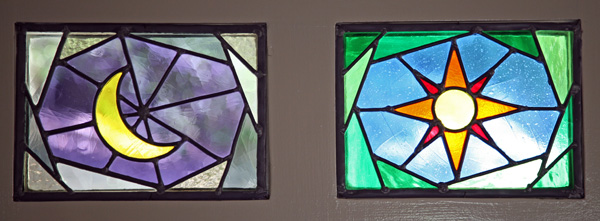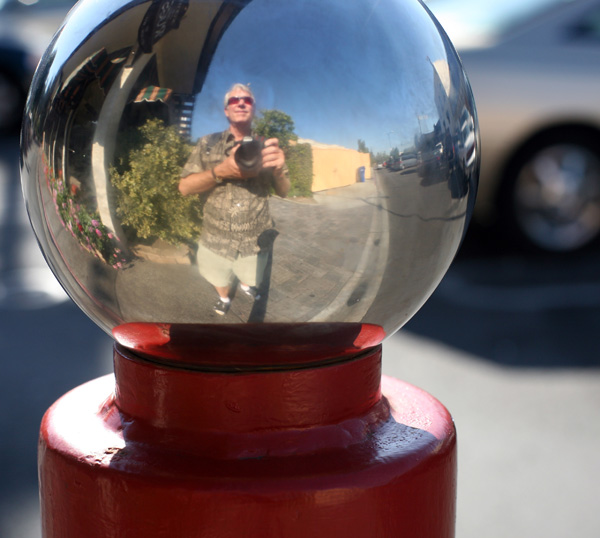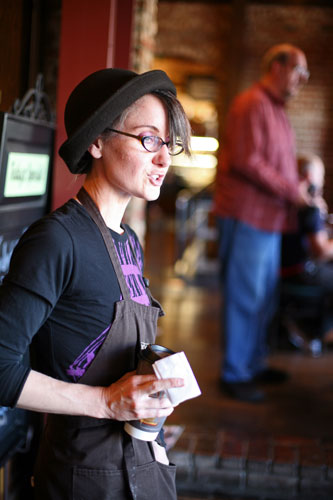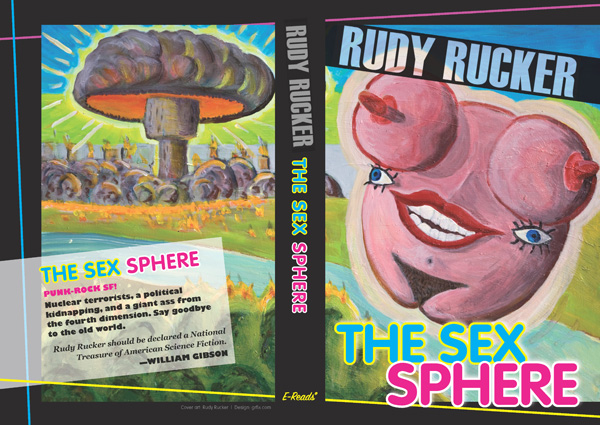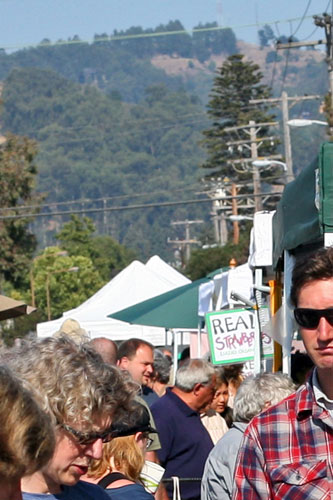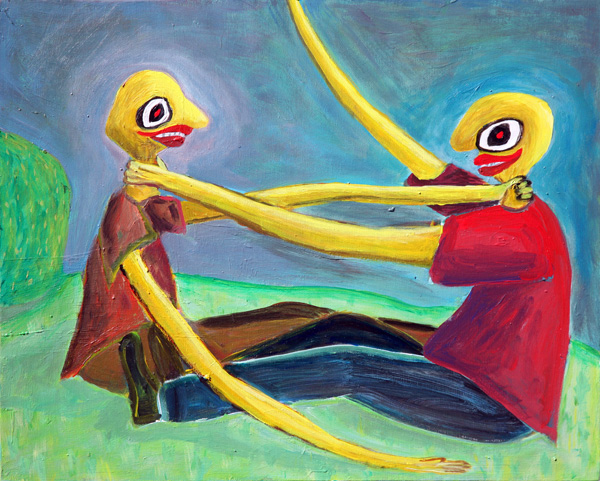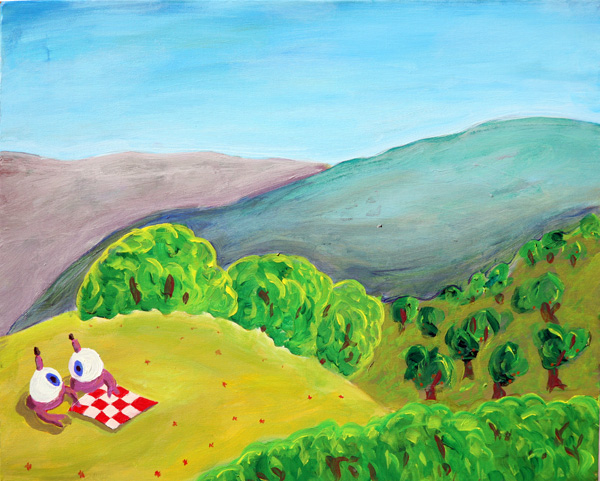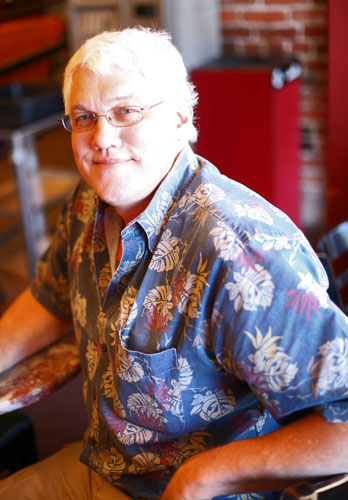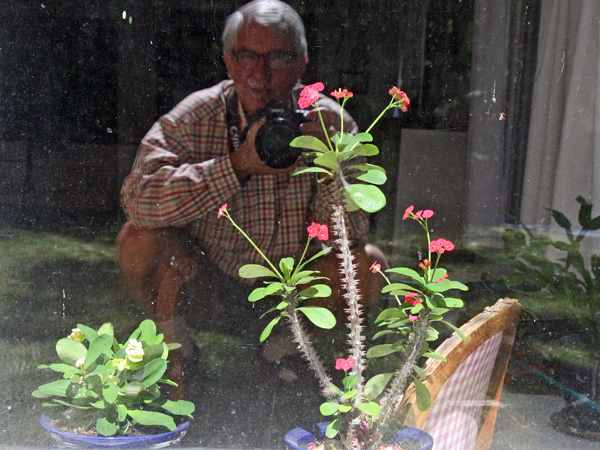My mind again turns inward now that I’m done revising Hylozoic and Spacetime Donuts and The Sex Sphere.
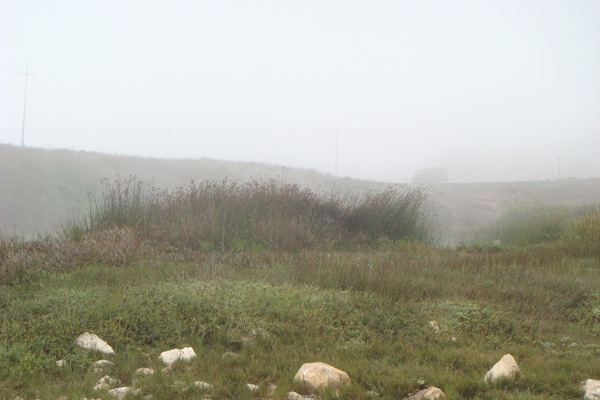
I had a little health scare two months ago, at the start of July, 2008. And already the concerns I had the wake of the crisis seem remote. I remember being flummoxed by the realization that the outer world will indeed continue after my eventual death. Looked at superficially, this seems trivial, but at the time it seemed very profound to me. I was realizing it a deep and existential level.
I think most of us have a kind of mental filter that prevents us from directly seeing death in normal times. The reality of potential non-existence only hits home when I’m in the vicinity of Death’s Door.

Another result of my experience was the feeling that I should write a memoir…while there’s time. So for several weeks I was writing swatches of memoir-like material, trying it on for size. And I like working on that stuff, it’s pleasant to reach back and massage my past.
But I like the memoir material even more when I mix in an SF rap now and then. That adds layers of meaning, and makes it funny or somehow more real. Like I was going on about this convalescent guy, Jim Oster, who lives with a woman, Anne Wowesse, who may or may not be an alien mind inside a 120 lb. culture of cow liver cells.
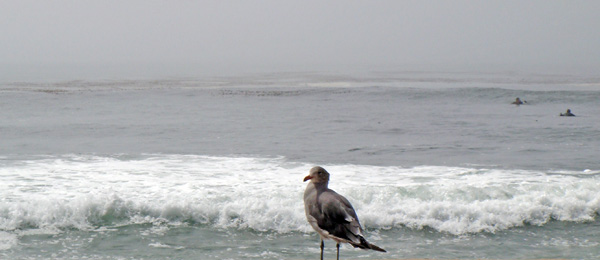
In the past, what I’ve often done is to take memoir-like material and ascribe that to a character in an SF novel: thus transrealism. But now I’m wondering if I could instead work in a hybrid format that’s more like a memoir with SF riffs, raps or storylets interspersed within it—functioning like illustrations. Don’t try to merge it.
The reason I’m considering this approach is that I don’t see longer memoir-type raps as fitting smoothly into a transreal novel, at least not into one of the short, fast-paced novels that I usually write. I tend to think that an SF-action reader isn’t going to want to plough through much background material about the characters.

So maybe I flip the emphasis. The foreground thing is the memoir, and the background thing is SF. In other words, I’m kind of envisioning a memory-dump memoir whose sections alternate with short-short SF stories that are in some way playing off the memories.

Obviously this may not be a highly commercial concept, but at this point in my career, I don’t mind taking a chance. The main thing is to start with something I find worthwhile and fun. And maybe later a commercial element emerges.
In terms of tightening up my Nested Scrolls, there’s the scenario where the character is writing a journal with memoir-like elements, and the journal excerpts alternate with scenes from the character’s ongoing life, and then the two action threads converge. Perhaps something from the journal is incanted into life, as if called up by a magic spell. Or perhaps the journal-work leads the character to some profound realization about the events taking place in his or her daily life.
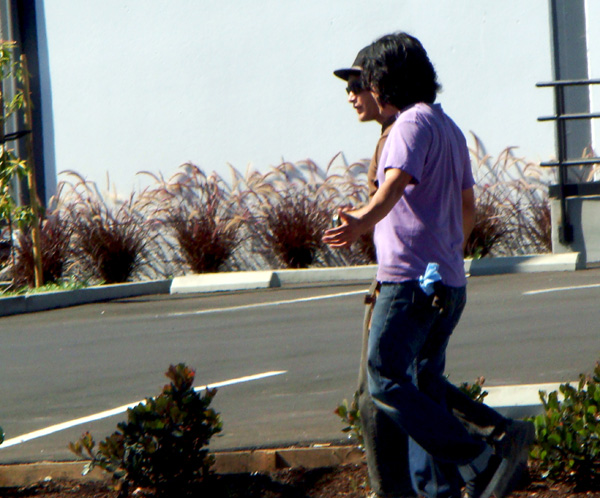
(Added August 31, 2008).
In a comment today, Alex suggests that Nested Scrolls might incorporate the material in my as-yet-unfinished notes on how to write, A Writer’s Tookit.
I kind of like this idea. Some autobiographies do include practical information, for instance Dylan’s memoir has interesting stuff about how he composes, plays, and sings. Just in terms of “what I do all day,” it would be possible to include stuff about the craft of writing.
Another idea: alternate memoir chunks by a transreal extensions or reinterpretations of the events in that time period. I don’t think you’d necessarily want to go over the same material twice, it’d be better to could segue in and out of SF mode as you moved forward through time.

But maybe I’m talking about more than one book here. I’ll just have to see what emerges.
Before that, however, I have the pleasant task of finishing a new story with Paul Di Filippo. Maybe I’ve mentioned this before, our tale is another take on the theme of infinite multiple-brane universes…with the working title “To See Infinity Bare.”









